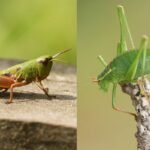The American House Spider is a common inhabitant in homes across North America. Known for its unassuming presence, this spider can occasionally pose a threat with its bite. Understanding the symptoms and treatment of an American House Spider bite is crucial for maintaining a safe home environment. In this article, we’ll explore the distinctive features of the American House Spider, including its size and web characteristics. We’ll also delve into common concerns such as the potential danger of the brown American House Spider and how it compares to the infamous brown recluse. Whether you’re dealing with an American black house spider or trying to differentiate between the North American house spider and other species, we’ve got you covered with prevention tips to keep your household safe.
The presence of spiders in your home can be unsettling, especially when it comes to identifying and dealing with potential bites. The American House Spider, often found weaving intricate webs in quiet corners, is one of the most common spiders you’ll encounter. This guide will help you recognize the symptoms of an American House Spider bite and provide effective treatment options. We’ll discuss various aspects such as the American House Spider’s size, the distinctions between the brown American House Spider and the brown recluse, and whether these spiders are truly poisonous. By the end of this article, you’ll be well-equipped to identify the American House Spider and take necessary precautions to prevent bites in your home.
Spiders are a part of many households, and the American House Spider is no exception. While these spiders are generally harmless, understanding the symptoms of an American House Spider bite is essential for prompt and proper treatment. This article will guide you through identifying the American House Spider, including details on its size and web-building habits. We’ll also address common concerns such as the potential dangers of the brown American House Spider, how it compares to the brown recluse, and whether the American House Spider is poisonous. Additionally, we’ll cover the differences between the American black house spider and the North American house spider, providing you with comprehensive prevention tips to ensure your home remains safe and spider-free.
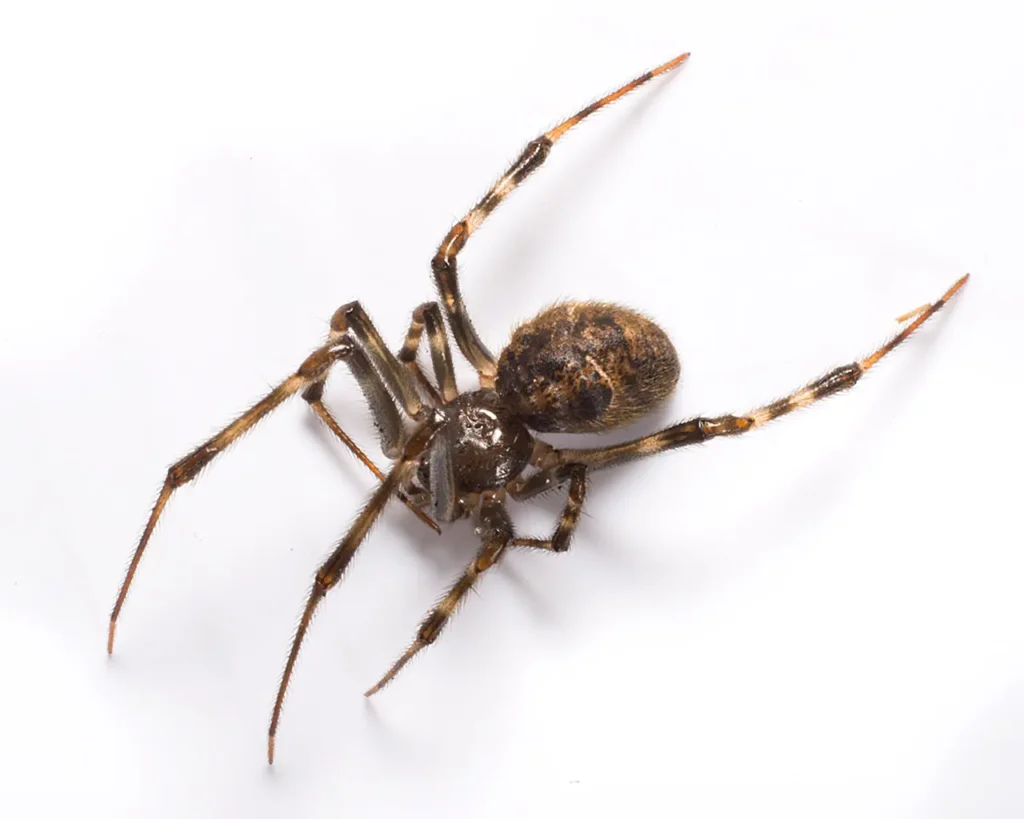
Introduction
The American House Spider is a frequent and often unnoticed visitor in many North American homes. Known scientifically as Parasteatoda tepidariorum, this spider can be found in dimly lit corners, basements, and garages, quietly weaving its intricate webs. While generally harmless, the American House Spider can occasionally bite, making it essential to recognize and understand its behavior and characteristics. In this article, we’ll explore various aspects of the American House Spider, including its size, potential dangers, and prevention tips to help you maintain a safe and spider-free home.
Understanding the American House Spider and its potential to bite is crucial for several reasons. Firstly, knowing the symptoms of an American House Spider bite can help you respond quickly and effectively if bitten. Secondly, distinguishing this spider from more dangerous species like the brown recluse can alleviate unnecessary fear and ensure appropriate treatment. Lastly, by learning about the habits and habitats of the American House Spider, you can take preventative measures to minimize the risk of bites and infestations in your home.
While spiders are crucial for regulating insect populations, their presence inside homes can be worrisome. This guide aims to provide you with comprehensive information on the American House Spider, including its identification, bite symptoms, and prevention strategies. Whether you’re dealing with a brown American House Spider, an American Black House Spider, or any variation of the North American House Spider, this article will equip you with the knowledge to handle these common household arachnids safely and effectively.
Overview of the American House Spider
The American House Spider, also known as Parasteatoda tepidariorum, is a small spider commonly found in homes throughout North America. Typically, the American House Spider size ranges from 4 to 8 millimeters in body length, with females being larger than males. These spiders are usually brown or tan, sometimes with darker markings on their abdomen, making them relatively easy to identify. Despite their small size, they are proficient web builders, often creating messy, tangled webs in secluded areas of the house.
One notable variation of this species is the brown American House Spider, which tends to have a darker, more uniform color. These spiders are often mistaken for more dangerous species like the brown recluse. However, there are significant differences between the American House Spider vs. brown recluse, including body shape and eye arrangement. Understanding these differences is essential for accurate identification and appropriate response to any spider encounter in your home.
The American House Spider is not considered highly venomous. While they do possess venom to subdue their prey, they are not typically a significant threat to humans. The term “American House Spider poisonous” is somewhat misleading, as their bites rarely cause severe reactions. However, like any spider bite, there can be individual variations in response, making it important to monitor symptoms and seek medical advice if necessary. By recognizing the American House Spider and understanding its characteristics, you can coexist with these common household spiders with minimal risk.
Importance of Understanding Spider Bites
Recognizing the symptoms of an American House Spider bite is crucial for ensuring proper treatment and care. Most bites result in minor symptoms such as redness, swelling, and mild pain at the bite site. In rare instances, some people might have more severe reactions.Knowing how to identify and treat these symptoms can help prevent complications and provide peace of mind.
Differentiating between an American House Spider bite and bites from more dangerous spiders, such as the brown recluse, is also essential. The American House Spider vs. brown recluse comparison often comes up due to their overlapping habitats and similar appearances. However, brown recluse bites can cause significant tissue damage and require more urgent medical attention. Understanding these distinctions can help you respond appropriately and avoid unnecessary panic.
Preventing spider bites involves more than just identification and treatment; it also includes proactive measures to reduce the presence of spiders in your home. Regular cleaning, sealing cracks and crevices, and using spider repellents can significantly lower the chances of encountering an American House Spider. Additionally, being aware of where spiders typically build their webs, such as in dark corners and basements, allows you to take targeted actions to keep these areas spider-free. By understanding the importance of spider bites and taking preventive steps, you can maintain a safer and more comfortable living environment.
Identifying the American House Spider
Physical Characteristics
The American House Spider is a small yet distinctive arachnid commonly found in North American homes. Typically, the American House Spider size ranges from 4 to 8 millimeters in body length, with females being larger than males. These spiders have a rounded abdomen and relatively long, thin legs. They are often confused with other spiders, but their unique web-building behavior and body shape help in accurate identification. Compared to the brown recluse, the American House Spider has a more bulbous abdomen and different eye arrangements, making “American House Spider vs brown recluse” a frequent comparison for spider enthusiasts.

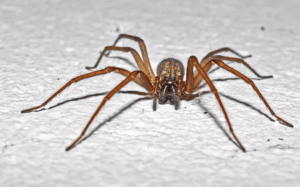
American House Spider Size
The American House Spider is a small yet distinctive arachnid commonly found in North American homes. Typically, the American House Spider size ranges from 4 to 8 millimeters in body length, with females being larger than males. These spiders have a rounded abdomen and relatively long, thin legs. They are often confused with other spiders, but their unique web-building behavior and body shape help in accurate identification. Compared to the brown recluse, the American House Spider has a more bulbous abdomen and different eye arrangements, making “American House Spider vs brown recluse” a frequent comparison for spider enthusiasts.
Color Variations (Brown American House Spider, American Black House Spider)
The American House Spider exhibits a range of color variations. The most common form is brown, often referred to as the brown American House Spider. These spiders may have various darker markings on their abdomen, adding to their distinct appearance. Another variation is the American Black House Spider, which tends to be darker and sometimes confused with other black spiders found in homes. Recognizing these color variations is important for accurate identification and understanding which type of American House Spider might be present in your home.
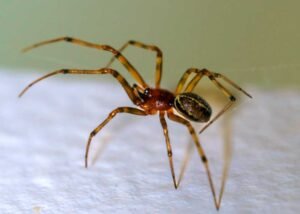
Habitat and Behavior
Typical Locations in Homes
The American House Spider is often found in dark, undisturbed areas within homes. Common locations include basements, attics, garages, and storage rooms. These spiders prefer to build their webs in corners, behind furniture, and in other secluded spots where they can catch prey without being disturbed. Understanding where they are likely to be found can help homeowners take preventive measures to reduce encounters and the risk of an American House Spider bite.
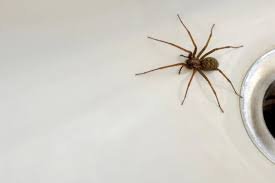

American House Spider Web Characteristics
The American House Spider is known for its distinctive web-building behavior. Their webs are typically messy and tangled, lacking the symmetrical patterns seen in the webs of some other spider species. The American House Spider web is often found in corners and other hidden spots, serving as an effective trap for small insects. The presence of these characteristic webs is a key indicator of an American House Spider infestation and helps in differentiating them from other spiders, such as the brown recluse and the American Black House Spider, which may build different types of webs.
Understanding Habitat and Behavior
Knowing the habitat and behavior of the American House Spider is crucial for effective management and prevention. These spiders are generally non-aggressive and pose little threat to humans, although an American House Spider bite can occur if they feel threatened. Understanding their preference for dark, quiet spaces helps in locating their webs and taking steps to minimize their presence. Regular cleaning and maintenance can significantly reduce the chances of encountering these spiders and their webs, ensuring a safer living environment. By learning about their habits and typical locations, homeowners can better prevent and manage American House Spider infestations.
American House Spider vs. Other Common Spiders
American House Spider vs. Brown Recluse

The American House Spider is often confused with the brown recluse due to their similar habitats and brown coloration. However, there are notable distinctions between them. The American House Spider size is generally smaller, ranging from 4 to 8 millimeters, whereas the brown recluse can grow up to 20 millimeters. Additionally, the American House Spider has a rounded abdomen and long, thin legs, while the brown recluse has a violin-shaped marking on its back and a more flattened body. Understanding these differences is crucial for proper identification and ensuring the appropriate response to an American House Spider bite versus a brown recluse bite.
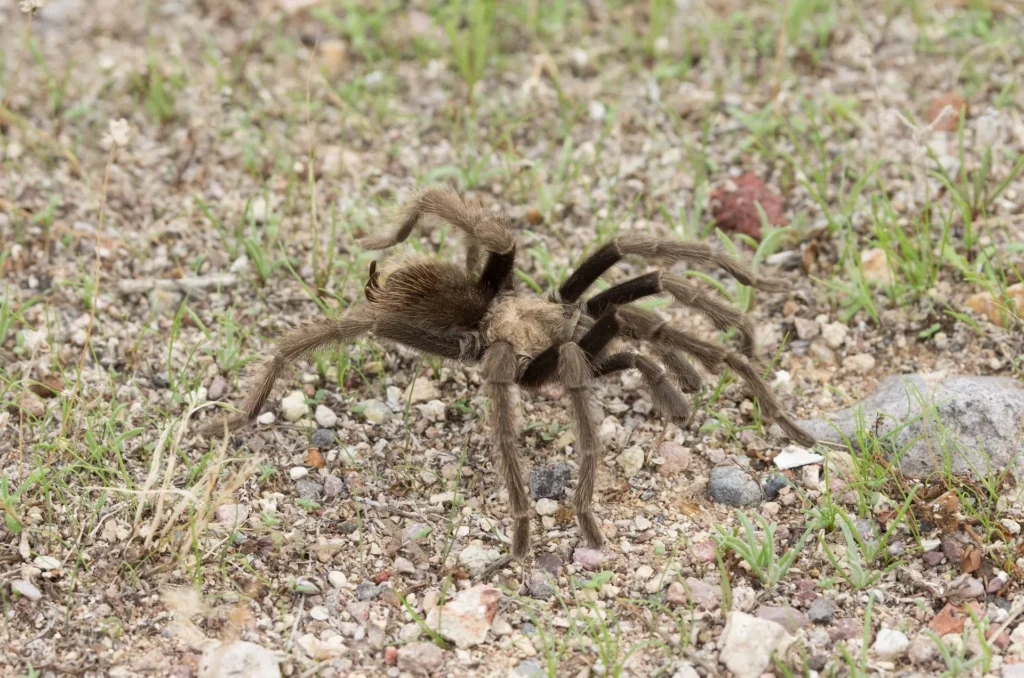
North American House Spider Variations
The North American House Spider encompasses various species that are commonly found in homes across the continent. These variations include the brown American House Spider, known for its brownish hue, and the American Black House Spider, which is darker in color. Each type has unique characteristics, but they all share similar behaviors, such as creating tangled webs in secluded areas. Recognizing these variations helps in identifying the specific type of North American House Spider in your home and understanding their potential risks.
Differences from the American Black House Spider
While the American House Spider and the American Black House Spider may seem similar, they have notable differences. The American Black House Spider, often referred to as the black house spider, tends to be darker and has a more robust body compared to the brown American House Spider. Additionally, their web patterns differ; the American House Spider web is usually messy and irregular, while the black house spider’s web is more structured. Understanding these distinctions can aid in accurately identifying which spider you are dealing with and taking appropriate measures to manage their presence.
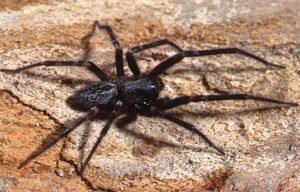
Are American House Spiders Poisonous?
Venom Toxicity
The American House Spider is mildly venomous, but it is not considered dangerous to humans. Their venom is designed to subdue small prey, such as insects, rather than cause significant harm to larger creatures. An American House Spider bite may cause minor irritation, redness, and swelling, but severe reactions are rare. It’s essential to know that these spiders are generally not harmful, and their venom toxicity is low compared to more dangerous spiders like the brown recluse.
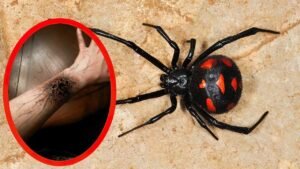

Common Misconceptions
There are several misconceptions about the American House Spider being highly poisonous. Many people mistakenly believe that all spider bites are dangerous, leading to unnecessary fear. In reality, the American House Spider is not a significant threat to humans. Understanding the true nature of their venom can help alleviate fears and promote more accurate information about these common household spiders. Recognizing that the term “American House Spider poisonous” is often exaggerated can lead to more informed and less fearful interactions with these spiders.
Symptoms of an American House Spider Bite
The symptoms of an American House Spider bite are typically mild. Immediate reactions include slight pain at the bite site, redness, and swelling. Typically, these symptoms resolve on their own within a few hours, negating the need for medical intervention. In some cases, there may be delayed symptoms such as itching or a minor rash around the bite area. It is important to monitor the bite for any signs of infection or an allergic reaction. If severe symptoms develop, such as difficulty breathing or intense swelling, it is crucial to seek medical attention promptly. Understanding these symptoms helps in managing an American House Spider bite effectively and ensuring proper care.

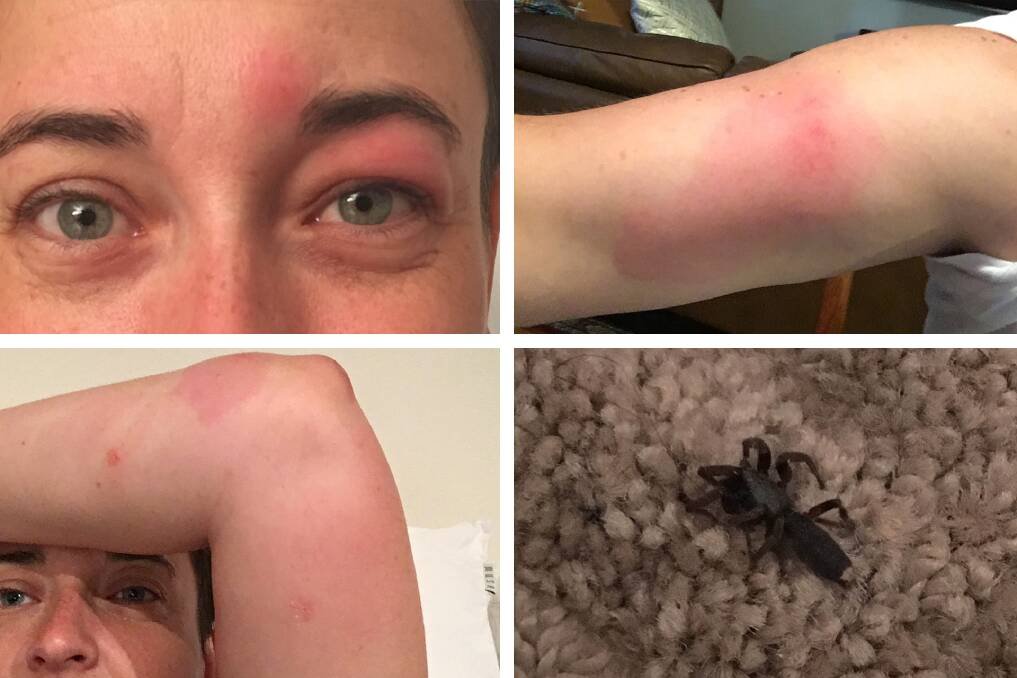
Immediate Reactions
An American House Spider bite typically results in immediate reactions such as mild pain, redness, and swelling at the site of the bite. These initial symptoms are usually minor and do not cause significant discomfort. It is important to clean the bite area with soap and water to prevent infection and monitor the symptoms. The mild nature of these immediate reactions differentiates the American House Spider bite from more severe bites like those from the brown recluse.
Delayed Symptoms
In some cases, delayed symptoms may appear a few hours after the initial bite. These can include itching, a slight rash, or a localized increase in redness and swelling. While these symptoms are generally not severe, they can cause discomfort. Applying an over-the-counter antihistamine or hydrocortisone cream can help alleviate these delayed reactions. It is crucial to avoid scratching the bite area to prevent secondary infections. Recognizing these delayed symptoms can aid in proper management and care of an American House Spider bite.
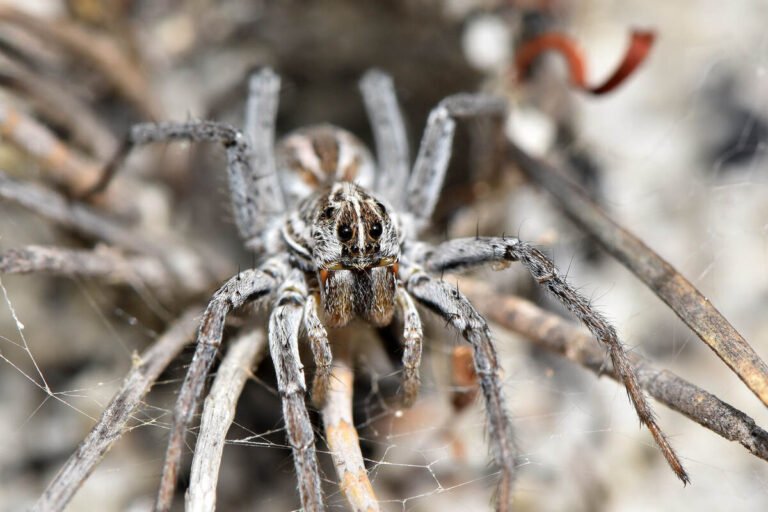
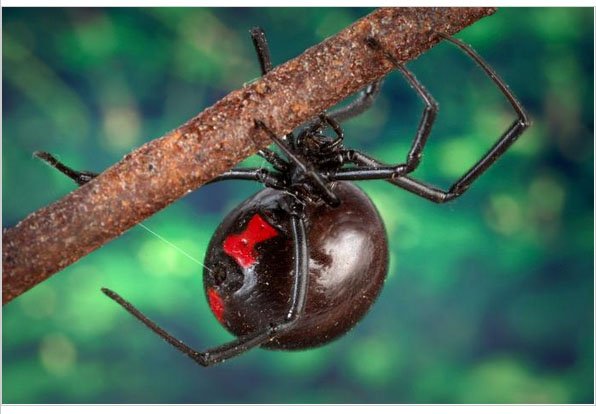
When to Seek Medical Attention
Most American House Spider bites do not require medical attention and can be treated at home. However, if you experience severe symptoms such as intense pain, excessive swelling, difficulty breathing, or signs of an allergic reaction, it is important to seek medical attention immediately. These symptoms are rare but can indicate a more serious reaction. Knowing when to seek medical help ensures that any potential complications from an American House Spider bite are addressed promptly and effectively.
Symptoms of an American House Spider Bite
When to Seek Medical Attention
If you experience an American House Spider bite, immediate first aid is crucial to prevent infection and alleviate discomfort. Start by washing the bite area with soap and water to remove any venom and bacteria. Applying a cold compress can help reduce swelling and numb the pain. Keep the affected limb elevated if possible to minimize swelling. While the American House Spider bite is generally not dangerous, these first aid measures can ensure a quicker and more comfortable recovery.
Home Remedies
Home remedies can be effective in managing the minor symptoms of an American House Spider bite. Applying a paste made of baking soda and water can help reduce itching and irritation. Aloe vera gel is also beneficial for soothing the skin and promoting healing. Over-the-counter antihistamines and hydrocortisone creams can provide relief from itching and swelling. These remedies are usually sufficient to handle the mild effects of a bite from a brown American House Spider or an American black house spider.
Medical Treatments
In rare cases where symptoms from an American House Spider bite persist or worsen, medical treatment may be necessary. Severe reactions, such as intense pain, significant swelling, or signs of an allergic reaction, warrant a visit to a healthcare professional. They may prescribe stronger antihistamines, pain relievers, or antibiotics if an infection develops. Understanding when to seek medical help ensures that any complications are addressed promptly, keeping you safe and healthy.
Prevention Tips
Keeping Spiders Out of Your Home
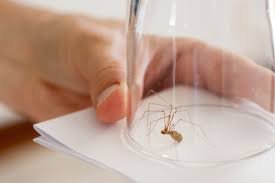
Preventing encounters with the American House Spider begins with keeping them out of your home. Seal cracks and gaps around windows, doors, and foundations to block entry points. Use screens on windows and doors and ensure they are in good repair. Decluttering your home, especially in dark corners, basements, and garages, reduces hiding spots and discourages spiders from settling in. Regularly vacuuming and dusting can also help remove spiders and their webs.
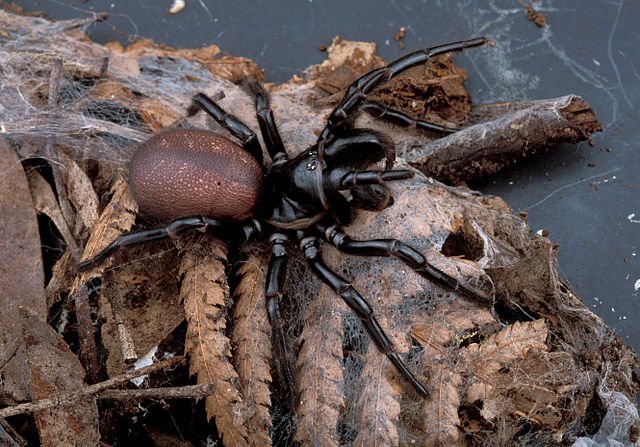
Safe Practices to Avoid Bites
Adopting safe practices can significantly reduce the risk of an American House Spider bite. Wear gloves when handling stored items or cleaning areas where spiders might be hiding. Shake out shoes, clothing, and bedding before use, especially if stored in undisturbed locations. Educate family members about spider identification and the importance of not disturbing spider habitats. By practicing these safety measures, you can minimize the chances of an encounter with a brown American House Spider or an American black house spider.
Regular Home Maintenance
Regular home maintenance plays a key role in preventing spider infestations. Keep your home well-lit and ventilated to deter spiders from building webs in dark, humid areas. Remove webs promptly using a vacuum cleaner or a broom. Store firewood, lumber, and other materials away from your home’s foundation, as these provide ideal hiding spots for spiders. Regularly inspect and clean storage areas to disrupt potential habitats. Consistent maintenance efforts can help keep the North American House Spider and other common house spiders at bay.
Conclusion
Recap of Key Points
In conclusion, understanding the American House Spider and how to deal with its bite is essential for maintaining a safe home environment. Identifying the spider through its size, color variations, and web characteristics helps prevent unnecessary panic. Recognizing the symptoms of an American House Spider bite and knowing how to treat it with first aid, home remedies, or medical treatments ensures proper care. Implementing preventive measures can keep these spiders out of your home and minimize the risk of bites.
Final Advice on Dealing with American House Spiders
When dealing with American House Spiders, knowledge and preparedness are your best tools. While these spiders are generally not dangerous, understanding their behavior and habitat helps in managing their presence effectively. Regular home maintenance, safe practices, and knowing how to treat bites are key components of living safely with these common arachnids. Should you encounter a spider and are unsure whether it’s a brown American House Spider or an American black house spider, seek professional pest control assistance for accurate identification and control.
Frequently Asked Questions (FAQs)
Common Concerns and Answers
One common concern is whether the American House Spider is poisonous. While their bites can cause mild discomfort, they are not considered highly venomous to humans. Another frequent question is how to differentiate between an American House Spider vs. brown recluse. Key differences include size, coloration, and the distinctive violin-shaped marking on the brown recluse. If you suspect a spider bite, look for common symptoms and treat accordingly. When in doubt, seek medical advice to ensure proper care.
Additional Resources for Further Reading
For those interested in learning more about the American House Spider and other common household spiders, numerous resources are available. Websites like the National Pest Management Association and local university extension services offer detailed information and identification guides. Books on arachnology and pest control can provide deeper insights into spider behavior and management. By exploring these resources, you can gain a comprehensive understanding of the American House Spider and how to coexist with them safely.


